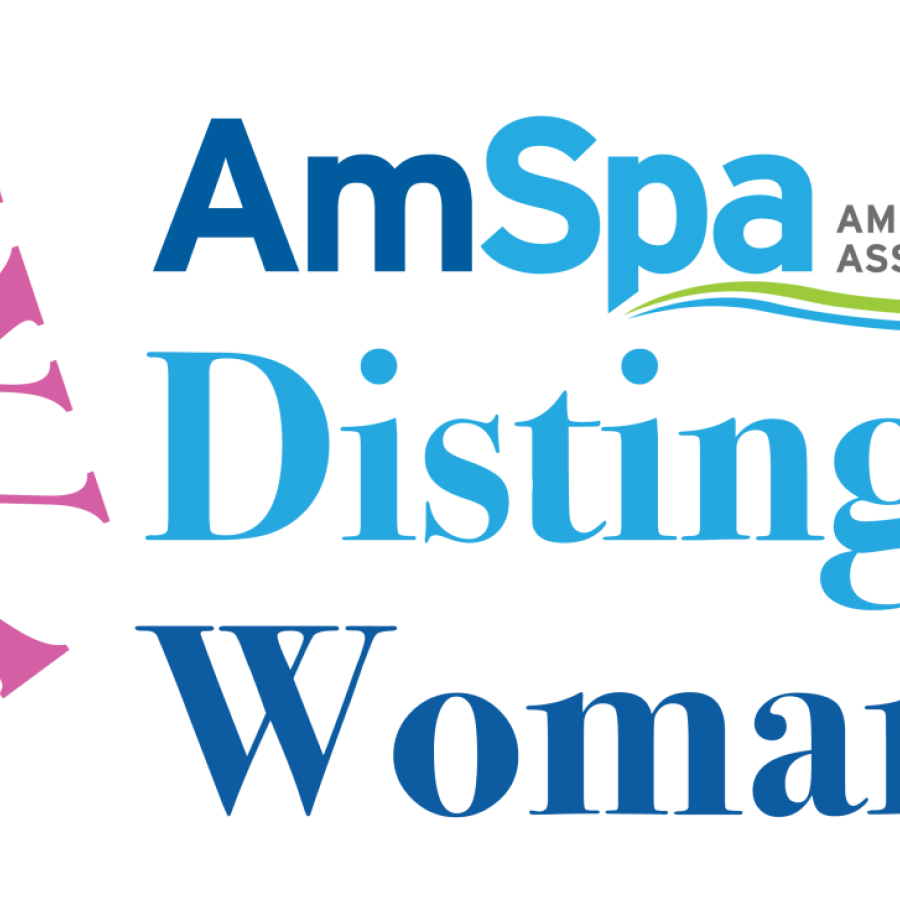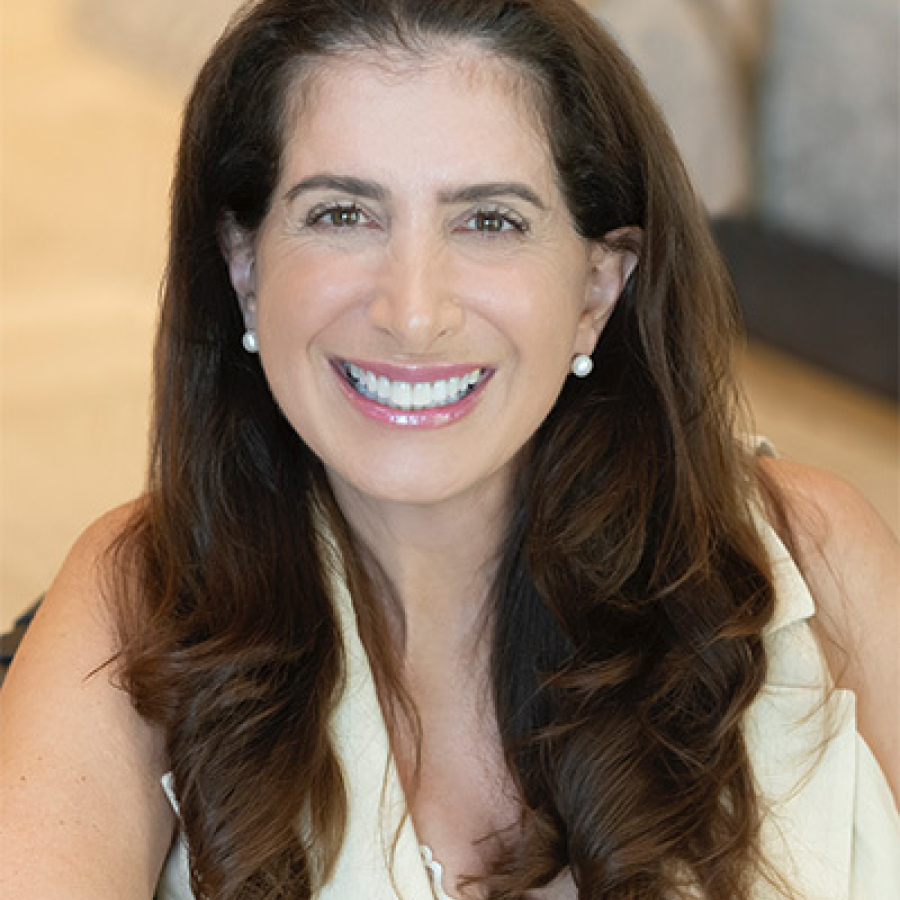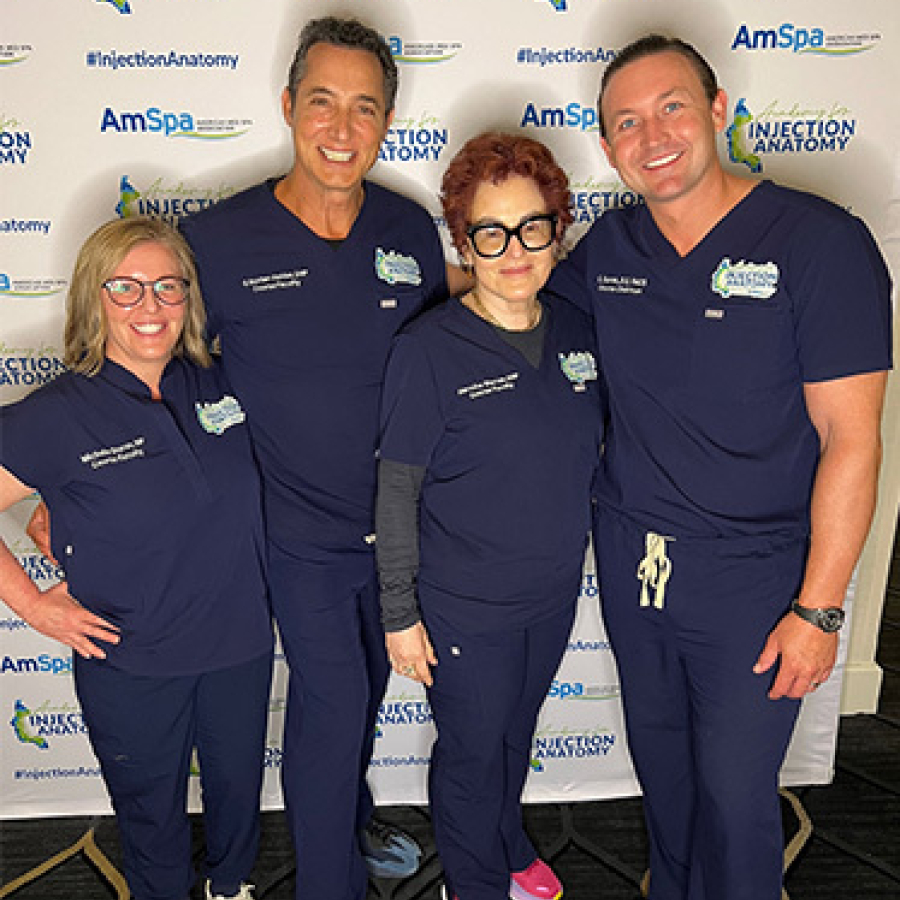
AmSpa Events
Move Beyond Excuses: People Management with Cy Wakeman
How do you get your team to come to work joyfully? Are you setting boundaries and expectations for performance in ...

Show your committment to patient safety, legal compliance and community over competition.
AmSpa members receive preferred pricing on all AmSpa live and virtual trainings.
Get the latest news and information about safe, legal practice in medical aesthetics directly in your inbox.
Get access to med spa laws, in-person and online training and more!
Posted By Madilyn Moeller, Wednesday, September 14, 2022

By Madilyn Moeller
What Medical Spas Can Learn About Training Providers, Treating Patients and Talking About Diversity
QP shares the insight of Shannon King, BSN, RN, of Le Meilleur Beauty & Wellness in Norco, California; Silvia Tuthill, DNP, ANP-C, of Tenth Avenue Aesthetics in East Northport, New York; and Thuy Doan, MD, of Bespoke Aesthetics + Concierge Medicine in Atlanta.
In a growing industry like medical aesthetics, one would expect to see increased diversity across the board. But at the trainer and speaker level, that representation is not common.
“There are so many African-American aesthetic providers all over the country, but if you go to any of these conferences, you’re not seeing them present,” says Tuthill. “You’re not seeing them as national trainers. Maybe you might find one Black person and one Asian person and a couple males, but everyone else, if you look at the photo of them, it’s white women with blonde hair and blue eyes. And what is that saying to the people who look like me?”
Dr. Doan has noticed this phenomenon as well, and attributes it to the white providers’ popularity on social media. If you’re popular, she thinks, one conference takes you, then another conference jumps on board and grabs the same speaker, exacerbating the issue.
When it’s not typical to see aesthetic providers of color in elevated positions, aspiring injectors take notice.
“I teach for MedAesthetics,” says Tuthill. “And I have providers that come from all across the country. I was in Baltimore this weekend teaching and I had a provider come from Miami and one that came from Portland, Maine, to come see me because they wanted to learn from someone who looked like them.”
Providers of color flood her DMs with well-wishes and thanks, telling Tuthill they love seeing Black women instructors. She gets messages from people wanting to see exemplars in the aesthetic community who look like them doing it successfully, well and with love.
The undersupply of aesthetic providers of color starts with the lack of representation in health care. This becomes more visible in medical specialties.

“Some of the challenges are the obvious,” says King. “Some minority families cannot afford to put their children through medical school or nursing school. Some of the challenges include the education system that may not be sufficient in lower socioeconomical areas to allow those children to get into the colleges where they can flourish and go into nursing or medicine.”
Tuthill is often the only person of color at industry networking events and feels like she is constantly on display.
“I feel like men and women of color have been trying to break boundaries in the aesthetic field for years,” she says. “We’ve been navigating an industry that is not built to celebrate people of color. And, considering this torrential cultural climate that we’re living in right now, our aesthetic artistry has stood this test and is just starting to begin to help men and women of all ethnicities and skin tones feel absolutely beautiful inside and outside.”
What does diversity mean to aesthetic providers? King believes it comes down to inclusiveness.
“Inclusion, diversity, equity, representation—all those things mean being able to see my reflection represented in the world that I live in,” she says. “Not only for aesthetics; it means it in the health care industry, it means the same thing whenever my kids play sports—in all walks of life. I think we have a lot of catching up to do globally as far as inclusiveness. Everyone should be able to see themselves—not just the minority races, but also people with disabilities and people of different genders. Everyone should have the opportunity to look at anything and see some part of them reflected in it.
“When it comes to aesthetics, we’re literally talking about beauty and skin and how beautiful people are. If we all looked alike, none of us would be beautiful because we’d all be the same. Being able to appreciate the differences and revel in them and just marvel in everyone’s beauty—that’s what diversity means to me,” says King.
Tuthill explains the importance of representation for diverse clientele.
“Diversity in aesthetic medicine means recognizing everybody—all ethnicities, races, cultures, skin tones, body types and backgrounds—being beautiful,” she says. “This means giving everyone the same opportunities in marketing, product development, research, innovation, and supply chain. It’s not about going on center stage right now, or just like a single marketing event; we have to actively seek out beauty products that are personalized to us in addition to pushing inclusivity and transparency from these brands.
“As medical providers, we purchase from them. It leaves out an entire market of individuals, and it makes one believe that these services aren’t for them, which solidifies the notion that some of these aesthetic procedures are taboo. I grew up with ‘Black doesn’t crack, Asian doesn’t raisin.’ So, you believe that because I don’t see anybody in the marketing making me think, 'Maybe toxins aren’t for me.’”
AmSpa Members receive QP every quarter. Click here to learn how to become a member.

Related Tags
Medical spa news, blogs and updates sent directly to your inbox.

AmSpa Events
How do you get your team to come to work joyfully? Are you setting boundaries and expectations for performance in ...

AmSpa Events
The American Med Spa Association (AmSpa) has announced its list of Distinguished Women in Medical Aesthetics 2025, recognizing 25 visionary ...

AmSpa Events
How Lisa Lickstein and Her Team at Lickstein Plastic Surgery Are Redefining the Standards of Aesthetic Patient Care Through Unreasonable ...

Clinical
By Madilyn Moeller, Marketing Content CoordinatorMichelle Doran, MSN, APRN, BC, CANS, spoke to Alex Thiersch, JD, on AmSpa’s Medical Spa ...